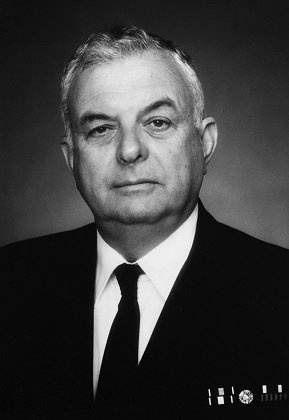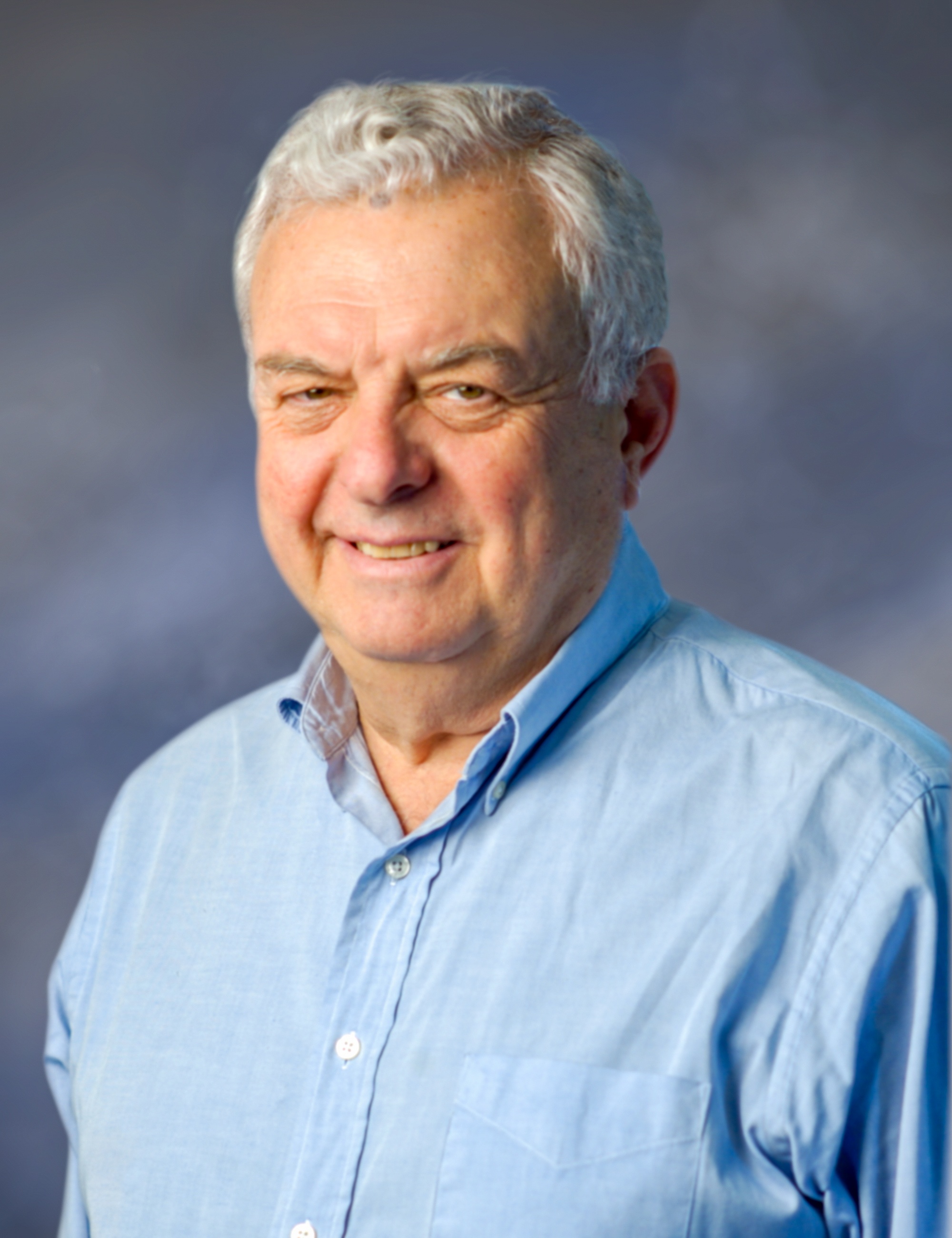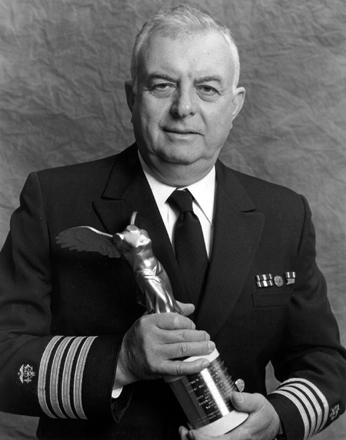John B. Robbins, M.D. (1932-2019)
Dr. John B. Robbins, along with several colleagues including Dr. Rachel Schneerson, received the prestigious Lasker Award in 1996 for the vaccine against Hemophilus influenzae type b (Hib), which can cause meningitis in children.
Robbins was born in 1932 in Brooklyn, New York. He was born into a Jewish family (whose last name was originally Rabinowitz but was later changed) who had emigrated from Minsk, an Eastern European city that is today the capital of Belarus. John’s parents founded a box and paper company and were upwardly mobile and emphasized education for their children. Robbins received his bachelor’s degree in history in 1956 and a medical degree in 1959, both from New York University. Early in his career he was a pediatrician at the University of Florida in Gainesville, where he trained in infectious disease and immunology. There he saw meningitis patients who inspired him to shift his career to research that would protect children from meningitis and other diseases. In the late 1960s he worked at the Albert Einstein College of Medicine in the Bronx, New York.
In April 1985, FDA approved the first vaccine to prevent the most common cause of bacterial meningitis in children, Hemophilus influenzae type b (Hib). This pathogen was responsible for 12,000 cases of meningitis among U. S. children each year, of whom 600 died. Many survivors suffered blood infections and long-term neurological damage. FDA licensed a new vaccine, Hib conjugate (Diphtheria toxoid-conjugate), in December 1987, for use in young children. This vaccine induced antibodies against the Hemophilus pathogen more effectively than the previously licensed Hib polysaccharide vaccine. OBRR scientists had designed the conjugate technology for Hemophilus polysaccharide. The new vaccine was recommended for children 18 months to 5 years of age. A second Hib conjugate vaccine (Diphtheria CRM [197] Protein Conjugate) was licensed in 1988, and a third conjugate vaccine received a license the following year. Robbins and Schneerson developed the polysaccharide-protein conjugate vaccine for Hib.
Robbins was the recipient of numerous awards during his long career including the prestigious Lasker Award in 1996 for the Hib vaccine that prevented meningitis in children. The Lasker Award is bestowed annually to those who have made major contributions to medical science.
Dr. Robbins was also the Sabin Gold Medal winner in 2001 for his pivotal role in the development of Hib conjugate vaccine, which is now used throughout the world. The use of this vaccine led to a dramatic decline in the number of infants and children suffering from meningitis and other systematic infections such as osteomyelitis and pneumonia. He received the World Health Organization Children’s Vaccine Initiative Pasteur Award (with Dr. Rachel Schneerson) in 2006, and Thailand’s Prince Mahidol Foundation Award for Public Health in 2017 (with Drs. Anderson and Schneerson).
Dr. Robbins worked in Building 29, Rooms 120 and 122.
Publications:
- “Specific Acquired Immunity” by John B. Robbins, Rachel Schneerson, Shousun C. Szu, and Samuel Baron, Chapter 8 in Medical Microbiology, 4th edition (1996). https://www.ncbi.nlm.nih.gov/books/NBK8143/.
- “Toward a new vaccine for pertussis” by John B. Robbins, Rachel Schneerson, Joanna Kubler-Kielb, Jerry M. Keith, Birger Trollfors, Evgeny Vinogradov, Joseph Shiloach in Proceedings of the National Academy of Sciences of the United States of America (2014). https://www.ncbi.nlm.nih.gov/pmc/articles/PMC3948267/.
- “Different complement resistance mediates virulence of Haemophilus influenzae type b” by A. Sutton, Rachel Schneerson, S. Kendall-Morris, and John B. Robbins in Infection and Immunity (1982). https://www.ncbi.nlm.nih.gov/pmc/articles/PMC351001/.
- “Preparation, characterization, and immunogenicity of Haemophilus influenzae type b polysaccharide-protein conjugates” by Rachel Schneerson, O. Barrera, A. Sutton, and John B. Robbins in Journal of Experimental Medicine (1980). https://www.ncbi.nlm.nih.gov/pmc/articles/PMC2185954/.





